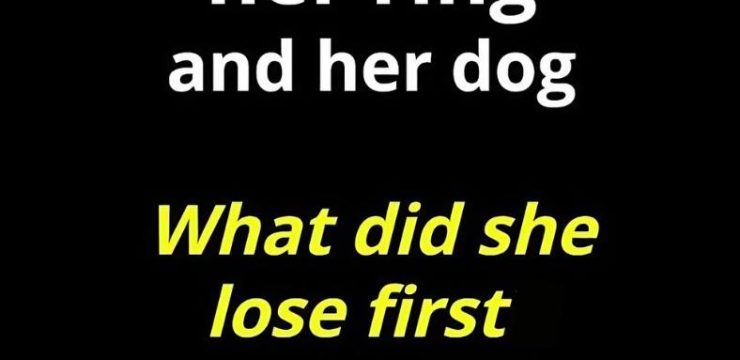 At first glance, this beautiful image of a mountain landscape might appear as just another stunning nature scene. Snow-covered peaks rise majestically against a deep blue sky, with swirling clouds hugging the rugged cliffs. But there’s something more here—it’s a clever test of your brain’s perception and how you process visual information.
At first glance, this beautiful image of a mountain landscape might appear as just another stunning nature scene. Snow-covered peaks rise majestically against a deep blue sky, with swirling clouds hugging the rugged cliffs. But there’s something more here—it’s a clever test of your brain’s perception and how you process visual information.
This illusion plays with your mind, suggesting that what you see may reveal how your brain functions. If you’re right-brained, you might first spot a goat scaling the rocky mountains. But if you’re left-brained, your logical mind might detect an eagle soaring through the clouds. So, what does this say about you? Let’s dive into the details.
Right-Brained: The Creative Mind Sees a Goat
The right side of the brain is often linked to creativity, intuition, and an ability to see the big picture. People who are right-brained typically focus more on emotions, imagination, and abstract patterns rather than rigid details.
In this image, those with a dominant right brain may first notice a goat. The snow, shadows, and jagged lines of the mountain come together to create the illusion of a goat climbing the cliffs. The combination of textures and slopes mimics the stance of a nimble goat scaling the harsh terrain. For the imaginative mind, this scene feels dynamic, as if the goat is in motion, fearlessly navigating its way through the heights.
Left-Brained: The Logical Mind Sees an Eagle
On the flip side, the left brain is known for logic, analysis, and a detail-oriented approach. People who are left-brained excel in problem-solving, structured thinking, and tend to notice finer details.
For those with a dominant left brain, the eagle stands out. The snow-capped peaks and the shapes of the clouds resemble the wings of a bird soaring through the sky. The symmetry and sharp lines of the mountain create the impression of an eagle gliding effortlessly over the rugged landscape. Left-brained individuals are drawn to this image because of its clean, organized appearance—everything falls into place with clarity and precision.
Why Do We See Different Things?
This visual illusion taps into the long-standing theory of “right-brained” versus “left-brained” thinking. While modern neuroscience shows that both sides of the brain work together more seamlessly than we once thought, this image still offers a fun glimpse into how different cognitive styles can influence what we see.
The right brain is believed to process visual stimuli holistically, meaning it looks at the bigger picture and tends to focus on abstract shapes. The left brain, however, processes information more linearly, paying attention to details and structure. When you see an image like this, your brain interprets the shapes, patterns, and contrasts in a way that matches your dominant cognitive style. That said, both hemispheres are always working together to help you perceive the world.
Shifting Perspectives: From Goat to Eagle
Interestingly, after you see one animal, your brain might switch, allowing you to see the other one. This shift happens because our brains can switch between creative and logical thinking modes. One moment, you’re seeing the abstract form of a goat, and the next, you focus on the sharp lines that create the eagle.
This transition is an excellent example of how our minds process complex visual information. Just like in problem-solving and decision-making, we use both creativity and logic to make sense of the world around us.
What Do You See?
So, what do you see in this mountain landscape—a goat bravely climbing the cliffs, or an eagle soaring high above the peaks? Maybe it reveals something about your brain’s wiring, or perhaps it just reflects your mood at the moment.
No matter what you see, this image is a great reminder of the complexity and fluidity of our minds. Our brains are constantly interpreting and reinterpreting the world in ways that are unique to each of us. Whether you lean more toward being right-brained, left-brained, or somewhere in between, the beauty lies in the wonder and curiosity that this simple image can inspire.





